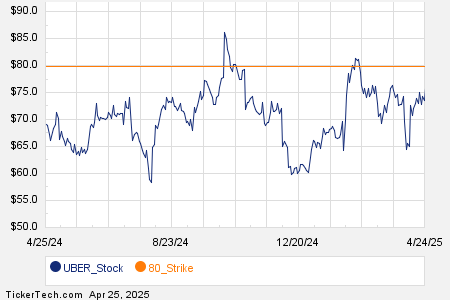Cocoa Prices Surge Amid Supply Concerns and Dry Weather Strikes
March ICE NY cocoa (CCH25) is currently up +92 (+0.80%), while March ICE London cocoa #7 (CAH25) has risen by +118 (+1.28%).
Cocoa Prices Continue to Climb
Cocoa prices have risen for the third straight session, reaching a 2-week high in New York and a 1-month high in London. Concerns about crop production in West Africa are driving these increases. According to forecaster Maxar Technologies, the current Harmattan winds are the driest seen in six years, negatively impacting cocoa crops. Farmers in Ivory Coast and Ghana report symptoms of stress on cocoa trees, including yellowing leaves and wilting cocoa pods.
Declining Cocoa Inventories Support Prices
Lower global cocoa inventories are also contributing to price support. Last Thursday, ICE-monitored cocoa stocks in U.S. ports dropped to 1,292,153 bags, marking a 21-year low. Furthermore, fears that slowing exports from Ivory Coast may tighten global supplies are significant. Recent government data revealed that Ivory Coast cocoa shipments reached 1.20 million metric tons (MMT) this marketing year, up over 26% from last year, but the growth pace has slowed from a previous 35% increase.
Demand Concerns Persist Amid Price Increases
Despite the rising prices, there are concerns that high costs could lead to decreasing demand. Cocoa prices fell to one-week lows last Thursday as a report indicated a -5.3% year-over-year decline in Q4 European cocoa grindings, hitting 331,853 metric tons—the lowest level in over four years. Similarly, the Cocoa Association of Asia reported a -0.5% year-over-year decrease in Q4 grindings to 210,111 metric tons. North America also saw a decline, with a reported -1.2% drop to 102,761 metric tons for the same period.
Hershey’s Large Cocoa Purchase Raises Eyebrows
The chocolate industry has also taken notice of supply issues. Hershey Co. recently sought approval from the CFTC to buy over 90,000 metric tons of cocoa through the ICE Futures Exchange, which is more than nine times the amount currently permitted. The urgency stems from a significant global cocoa shortage, making delivery via the New York exchange cheaper than purchasing in the physical market.
Historical Context and Future Projections
On December 18, NY Cocoa set an all-time high while London Cocoa reached an 8-1/2 month peak due primarily to deteriorating crop conditions in West Africa. Maxar Technologies warned of adverse dry conditions affecting the early development of the mid-year cocoa crop, which is harvested in April. In a recent report, the International Cocoa Association (ICCO) raised its 2023/24 global cocoa deficit estimate to -478,000 metric tons, the highest deficit in over 60 years. Additionally, ICCO lowered its 2023/24 cocoa production forecast to 4.380 MMT, down 13.1% year-over-year, marking a significant decline in cocoa stocks relative to grindings at a 46-year low of 27.0%.
Mixed Signals from Other Cocoa Producers
Although cocoa exports from Nigeria, the sixth-largest producer, rose by 35% year-over-year to 38,015 metric tons, other regions signal caution. The Ivory Coast regulator increased its 2024/25 production estimate to 2.1-2.2 MMT, from a previous 2.0 MMT forecast in June. Conversely, Ghana’s Cocoa Board reported a decrease in its 2024/25 production estimate to 650,000 metric tons from a prior prediction of 700,000 metric tons, primarily due to adverse weather and crop diseases. Furthermore, Ghana’s 2023/24 cocoa harvest is projected to fall to a 23-year low of 425,000 metric tons.
On the date of publication,
Rich Asplund did not hold any positions in the securities mentioned in this article. All information and data in this report are for informational purposes only. For more information, please view the Barchart Disclosure Policy
here.
The views and opinions expressed herein are those of the author and do not necessarily reflect those of Nasdaq, Inc.

